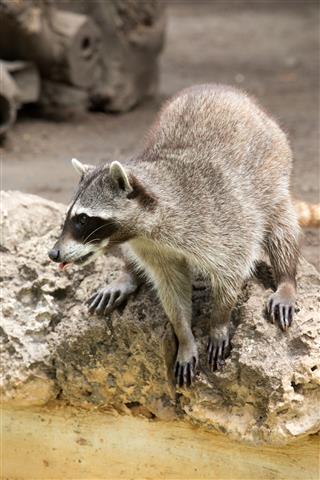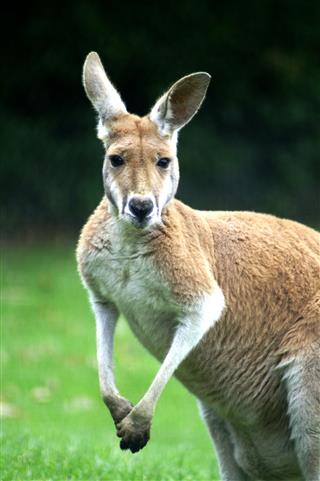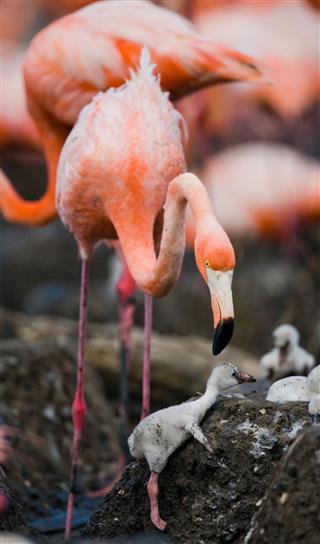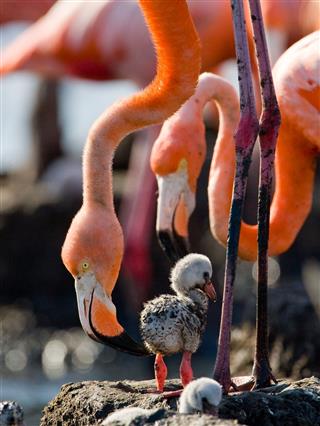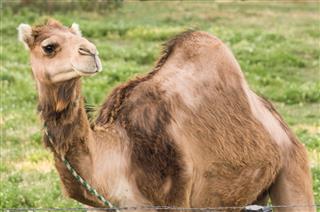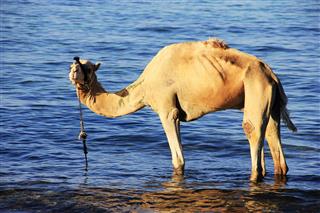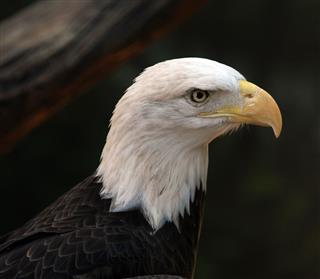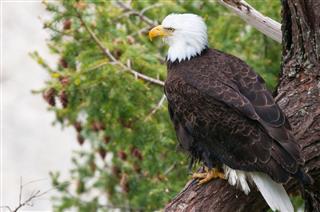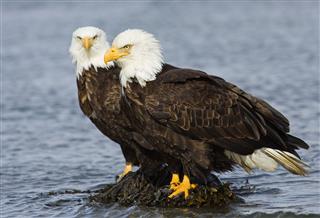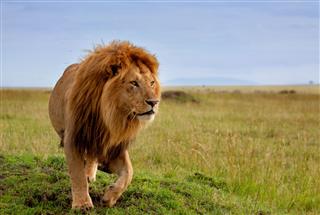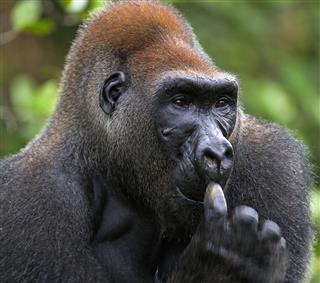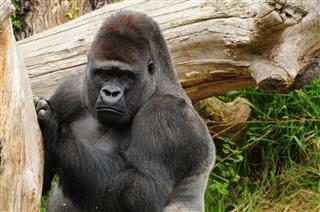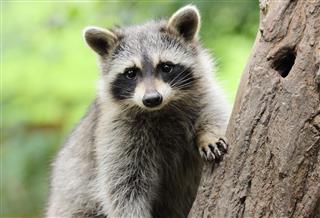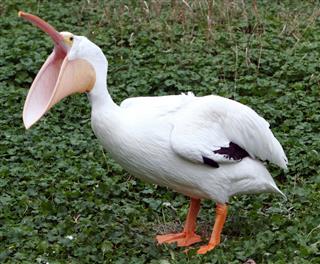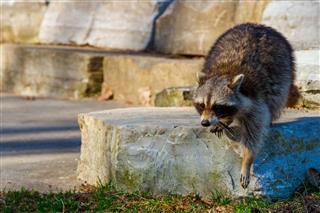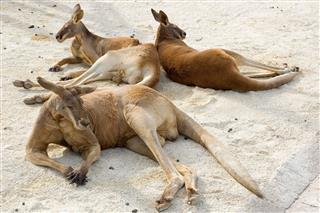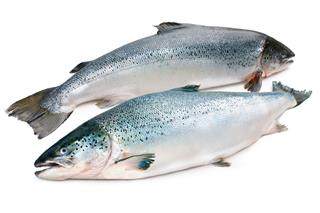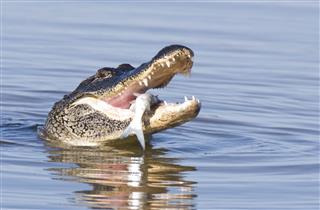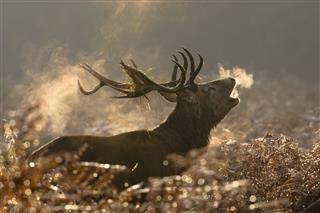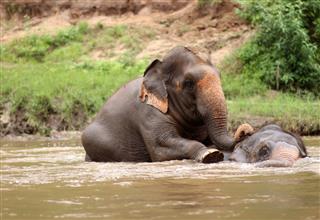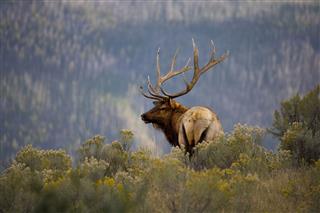
A brief write-up on two-part scientific names of animals, which will explain how and why these names are used for each and every animal species on the planet.
Did you know that the national bird of the United States of America is Haliaeetus leucocephalus? Basically, Haliaeetus leucocephalus is the scientific name for Bald eagle, which is the national bird and symbol of the United States. It’s but obvious that all of us refer to various animals by their common names, but these names differ from one region to another. This is where the scientific or zoological names of common animals come into the picture. They help zoologists, researchers, scientists, etc., to identify different species. Simply put, these names are used to categorize animals in a system known as taxonomy.
Scientific Names
The formal system of naming different species―animals as well as plants―is known as binomial nomenclature or binominal nomenclature. While the terms ‘binomial name’ and ‘bionominal name’ both are technically correct, the term ‘scientific name’ is much more popular than them. Each animal’s scientific name has two parts: the first part represents the ‘genus’ (a taxonomic group containing one or more species), while the second part represents the ‘species’ (a taxonomic group whose members can interbreed).
✦ Some sources also refer to these names as ‘Latin names’, but the fact that the words used to create these names are not always taken from Latin language makes the use of this term technically incorrect.
✦ The credit of developing this naming system goes to the Swedish botanist and physician, Carl von Linné, A.K.A. Carl Linnaeus, who attempted to describe the entire natural world by giving all the species a two-part scientific name.
✦ Whilst writing the scientific name of any species, you need to keep a note of the fact that the first letter of the genus name is always written in its capital form, while the first letter of species name or species descriptor is never started with a capital letter―not even if it is derived from a proper noun.
✦ Other than the genus name and species name, there is the trinomial name (in case of animals it is referred to as trinomen), which is given to subspecies. For instance, the trinomen of the Arctic wolf, a subspecies of the gray wolf, is Canis lupus arctos.
List of Scientific Names of Animals
With millions of animal species inhabiting this planet, it is very difficult to compile a binomial nomenclature list which would include all of them. An easier way out is to compile a list which would include all the popular members of Kingdom Animalia. Being easier to understand, such a list will explain the entire concept revolving around the scientific names of common animals pretty well.
| Common Name | Scientific Name |
|---|---|
| Aardvark | Orycteropus afer |
| Aardwolf | Proteles cristata |
| African bush elephant | Loxodonta africana |
| Amazon river dolphin | Inia geoffrensis |
| American alligator | Alligator mississippiensis |
| American bison | Bison bison |
| American crow | Corvus brachyrhynchos |
| American flamingo | Phoenicopterus ruber |
| American white pelican | Pelecanus erythrorhynchos |
| Andean condor | Vultur gryphus |
| Arabian camel | Camelus dromedarius |
| Asian elephant | Elephas maximus |
| Atlantic salmon | Salmo salar |
| Bahaman raccoon | Procyon lotor maynardi |
| Bald eagle | Haliaeetus leucocephalus |
| Banded pitviper | Trimeresurus fasciatus |
| Bee hummingbird | Mellisuga helenae |
| Black rhinoceros | Diceros bicornis |
| Black widow spider | Latrodectus mactans |
| Black wildebeest | Connochaetes gnou |
| Blue whale | Balaenoptera musculus |
| Bobcat | Lynx rufus |
| California condor | Gymnogyps californianus |
| California sea lion | Zalophus californianus |
| Capybara | Hydrochoerus hydrochaeris |
| Caribou/reindeer | Rangifer tarandus |
| Cheetah | Acinonyx jubatus |
| Common bottlenose dolphin | Tursiops truncatus |
| Common chimpanzee | Pan troglodytes |
| Cougar | Puma concolor |
| Coyote | Canis latrans |
| Dingo | Canis dingo |
| Eastern diamondback rattlesnake | Crotalus adamanteus |
| Elephant seal | Mirounga angustirostris |
| Elk | Cervus canadensis |
| Emperor penguin | Aptenodytes forsteri |
| Emu | Dromaius novaehollandiae |
| European otter | Lutra lutra |
| Four-horned antelope | Tetracerus quadricornis |
| Giant anteater | Myrmecophaga tridactyla |
| Giant panda | Ailuropoda melanoleuca |
| Giraffe | Giraffa camelopardalis |
| Golden hamster | Mesocricetus auratus |
| Golden-capped fruit bat | Acerodon jubatus |
| Gray fox | Urocyon cinereoargenteus |
| Wolf | Canis lupus |
| Great spotted kiwi | Apteryx haastii |
| Great white shark | Carcharodon carcharias |
| Greater dwarf lemur | Cheirogaleus major |
| Green anaconda | Eunectes murinus |
| Gray heron | Ardea cinerea |
| Gray squirrel | Sciurus carolinensis |
| Guinea baboon | Papio papio |
| Guinea pig | Cavia cobaya |
| Hedgehog | Erinaceus europeaeus |
| Hippopotamus | Hippopotamus amphibius |
| Horse | Equus caballus |
| Iguana | Iguana iguana |
| Impala | Aepyceros melampus |
| Jackal | Canis aureus |
| Jaguar | Panthera onca |
| Kangaroo rat | Dipodomys phillipsii |
| Killer whale | Orcinus orca |
| King cobra | Ophiophagus hannah |
| Koala bear | Phascolarctos cinereus |
| Komodo dragon | Varanus komodoensis |
| Leatherback turtle | Dermochelys coriacea |
| Leopard | Panthera pardus |
| Lion | Panthera leo |
| Marsh rabbit | Sylvilagus palustris |
| Mekong giant catfish | Pangasianodon gigas |
| Nightingale | Luscinia megarhynchos |
| Nine-banded armadillo | Dasypus novemcinctus |
| North American beaver | Castor canadensis |
| Northern cardinal | Cardinalis cardinalis |
| Northern flying squirrel | Glaucomys sabrinus |
| Ocelot | Felis pardalis |
| Orangutan | Pongo pygmaeus |
| Ostrich | Struthio camelus |
| Peregrine falcon | Falco peregrinus |
| Polar bear | Ursus maritimus |
| Praying mantis | Mantis religioso |
| Red kangaroo | Macropus rufus |
| Red panda | Ailurus fulgens |
| Snow leopard | Panthera uncia |
| Snowy owl | Bubo scandiacus |
| Sparrow | Prunella modularis |
| Sperm whale | Physeter catodon |
| Spider monkey | Ateles geoffroyi |
| Spotted halibut | Verasper variegatus |
| Spotted hyena | Crocuta crocuta |
| Spur-thighed tortoise | Testudo graeca |
| Tarantula | Lycosa tarentula |
| Tasmanian devil | Sarcophilus hariisi |
| Tiger | Panthera tigris |
| Tiger shark | Galeocerdo cuvieri |
| Turkey | Meleagris gallopavo |
| Virginia opossum | Didelphis virginiana |
| Western gorilla | Gorilla gorilla |
| White-backed vulture | Gyps africanus |
| Wildcat | Felis silvestris |
| Wolverine | Gulo gulo |
With millions of species (and seemingly infinite number of subspecies) of animals inhabiting the Earth, the chances of confusion exist in plenty, and this is where the two-part naming system comes as a blessing in disguise. More importantly, this system also provides stability. When a species has to be transferred from one genus to another, you don’t need to change the species descriptor.
